Trend Report 1 – Towards basic justice care for everyone: challenges and promising approaches
Authored by Maurits Barendrecht, Martin Gramatikov, Jin Ho Verdonschot and Robert Porter., published in 2012 by HiiL
New technologies can help close access to justice gap; If justice sector opens up
People suffer from ‘local’ problems in their key relationships: in their family, at work, with neighbours, about land and housing or about the way their community is governed; even obtaining an ID may be hard.
This can have a serious impact on their livelihood and personal security. If best practices in law and justice from across the world would be widely applied, at least 75% of such problems could be solved in a satisfactory way (at the moment many places do not reach 50%).
This is the main message of HiiL report on worldwide trends in providing access to justice: Towards Basic Justice Care for Everyone: Challenges and Innovative Approaches, released beginning of April 2012.
Promising Trends
- Courts and informal tribunals developed specialized processes (family, land, employment, consumer, neighbour, drug crime, etc.). Judges actively work with the parties to settle the problem in a fair way during a hearing. They only decide if required.
- Programmes of lawyers, paralegals and facilitators now integrate advocacy and mediation skills. They are crossing the borders between professions, using knowledge from social sciences, and their services are effective and affordable, even for the poor.
- New technologies and organisational masterpieces, often coming from the IT sector, can be adopted. eBay resolves 60 million consumer disputes each year, using an online platform where mediators or adjudicators can log in if their help is needed. A programme lead by entrepreneur Nandan Nilekani issues ID’s based on iris scans to 20 million Indian residents each month. Legalzoom.com has a profitable business in legal documents online. Legal expenses insurance companies solve a great number of conflicts effectively. These innovations attract a huge amount of clients and work in many different legal settings.
- Innovative judges, lawyers, helpdesks and web platforms reinvented legal information. Instead of abstract, Napoleon like codes, they offer new standards for settlements (for child support, damages schedules, etc.) and step by step guidelines for resolving issues.
The Trend Report is based on a review of research by Tilburg University and highlights good practices from across the globe. The report will be debated by experts and leading innovators during the Innovating Justice Forum 2012 on 16 – 17 April in The Hague, Netherlands. The debate will result in recommendations for stakeholders in the justice sector, building on what the report also shows.
Evidence-based Policies Needed: Regulation Outdated
The report also provides input for justice sector strategies and better ways to regulate legal services:
- Governments still focus on enabling traditional court litigation or bet on mediation based on consent of both parties. Ordinary people seldom use these tracks, for understandable reasons. Subsidies for individual legal aid are only sustainable for specific vulnerable groups.
- The new approaches directly support the steps people usually take when solving conflicts. They help to readdress the real issues and to negotiate. They assist with obtaining a fair outcome by involving different kinds of third parties and mobilizing the community if needed.
Strategies Towards Basic Justice Care
During the Innovating Justice Forum 2012, Towards Basic Justice Care for Everyone, 100 experts from across the globe met in The Hague to assess the Trend Report. The five most promising strategies to close the access to justice gap were identified. These have now been published, together with recommendations for judges and courts, innovators, social investors, law professors and policymakers.
